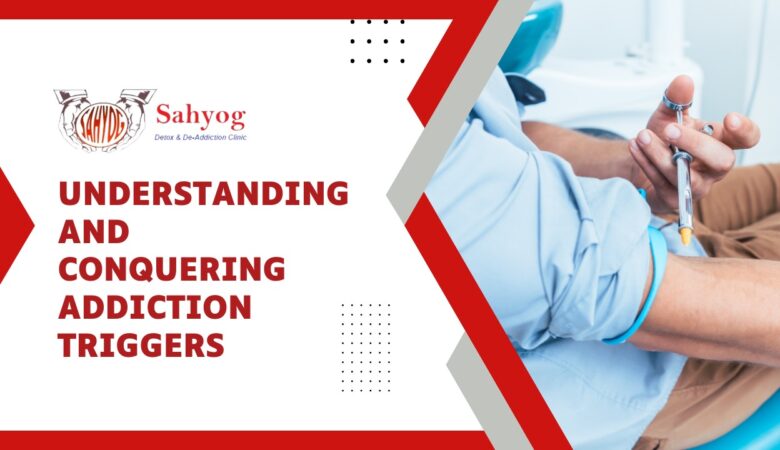Unleashing the Potential: Gifted Dyslexic Characteristics Explored
Unlocking the true potential of individuals with dyslexia is a topic that has gained significant attention in recent years. While dyslexia is often associated with reading difficulties, it’s important to recognize that many individuals who have dyslexia also possess exceptional gifts and talents. These gifted dyslexics bring a unique set of characteristics to the table, which can be harnessed and celebrated rather than seen as limitations. In this blog post, we will explore the fascinating world of gifted dyslexic characteristics and discover how their strengths can be unleashed for success in various aspects of life. So fasten your seatbelts as we dive into this enlightening journey! What is Dyslexia? Dyslexia, at its core, is a neurological condition that affects the way individuals process language and written information. It is important to note that dyslexia has nothing to do with intelligence or lack thereof. In fact, many individuals with dyslexia are highly intelligent and possess exceptional talents in various areas. At its most basic level, dyslexia involves difficulties in reading accurately and fluently. This can include challenges with decoding words, recognizing letter sounds, and remembering sight words. However, it’s crucial to understand that dyslexia goes beyond just struggling with reading. Individuals with dyslexia may also face difficulties in spelling words correctly and organizing their thoughts coherently when writing. They may have trouble following instructions or understanding sequences of events due to their unique cognitive processing styles. It’s worth mentioning that dyslexics often exhibit strengths in other areas such as creativity, problem-solving skills, spatial awareness, and thinking outside the box. Their minds work differently than those without dyslexia which allows them to approach tasks from unique perspectives. Understanding what dyslexia truly entails empowers us to appreciate the diverse gifts these individuals bring to society rather than focusing solely on their challenges. By embracing this perspective shift, we can create an environment where giftedness and neurodiversity are celebrated instead of being seen as limitations. Also read: Navigating the Maze of Drug Addiction: Hope and Healing The Misconceptions of Giftedness and Dyslexia Giftedness and dyslexia are two terms that are often misunderstood and misinterpreted. Many people mistakenly believe that individuals with dyslexia cannot be gifted, or vice versa. However, this is a misconception that needs to be debunked. One of the main misconceptions about giftedness and dyslexia is that they are mutually exclusive. Some people assume that if someone has dyslexia, they cannot possibly possess exceptional intellectual abilities. This belief fails to recognize the unique cognitive strengths and talents that can coexist with dyslexia. Another common misconception is the idea that all gifted individuals excel in academics effortlessly. While it’s true that many gifted students perform exceptionally well academically, it’s important to remember that intelligence comes in various forms. Giftedness can manifest itself in areas such as creativity, problem-solving skills, artistic abilities, leadership qualities, or even athletic prowess. Furthermore, there is a tendency to equate dyslexia solely with reading difficulties. While struggling with reading is indeed one aspect of dyslexia, it does not define the entire experience for individuals who have this learning difference. Dyslexics may also exhibit strengths in other areas such as visual-spatial reasoning, innovative thinking, or out-of-the-box problem-solving approaches. It’s crucial to dispel these misconceptions because failing to acknowledge the intersection between giftedness and dyslexia can lead to underestimating and undervaluing the potential of these individuals. By understanding their unique characteristics and strengths holistically instead of focusing on their limitations alone allows us to tap into their full potential. Understanding the Characteristics of Gifted Dyslexics Gifted dyslexics possess a unique combination of strengths and challenges that set them apart from their peers. While dyslexia is often associated with difficulties in reading, writing, and spelling, gifted dyslexics exhibit exceptional abilities in areas such as creativity, problem-solving, and thinking outside the box. One characteristic commonly found in gifted dyslexics is their heightened ability to think conceptually. They have a knack for seeing connections between seemingly unrelated ideas and can come up with innovative solutions to complex problems. This ability to think holistically allows them to approach tasks from different angles and find unconventional approaches. Another notable trait of gifted dyslexics is their strong visual-spatial skills. They excel at understanding patterns, visualizing concepts, and thinking in images rather than words. This spatial reasoning ability enables them to grasp complex concepts quickly and make connections that others may not see. Additionally, many gifted dyslexics demonstrate high levels of curiosity and an insatiable thirst for knowledge. They possess a deep desire to understand how things work and are often voracious readers once they overcome initial literacy challenges. Their intellectual curiosity drives them to explore diverse subjects deeply. Furthermore, gifted dyslexics frequently exhibit excellent problem-solving skills. They are adept at identifying creative solutions by thinking outside the box and approaching challenges from unconventional angles. Their ability to see beyond the surface level allows them to uncover hidden opportunities within problems. It’s important not only to recognize these positive traits but also acknowledge the challenges faced by gifted dyslexics on a daily basis. These individuals may struggle with organization skills or face difficulties expressing themselves through writing due to spelling or grammatical errors caused by their dyslexia. By understanding these characteristics of gifted dyslexics, educators can tailor instructional strategies that capitalize on their strengths while providing support where needed. Harnessing the Strengths of Gifted Dyslexics Gifted dyslexics possess a unique set of strengths that can be harnessed to unleash their full potential. These individuals often exhibit exceptional creativity, problem-solving abilities, and out-of-the-box thinking. Their minds have a remarkable capacity for making connections and seeing patterns that others may overlook. One of the key strengths of gifted dyslexics is their ability to think in pictures. They have vivid imaginations and can visualize complex concepts in ways that are both innovative and powerful. This visual thinking enables them to approach problems from different angles and come up with creative solutions. In addition to their visual thinking skills, gifted dyslexics often possess a heightened sense of empathy. They are able










